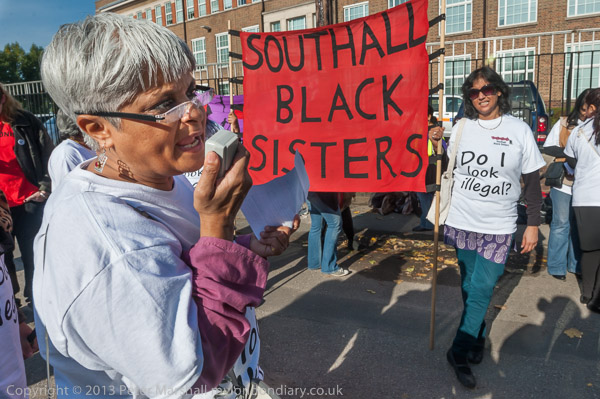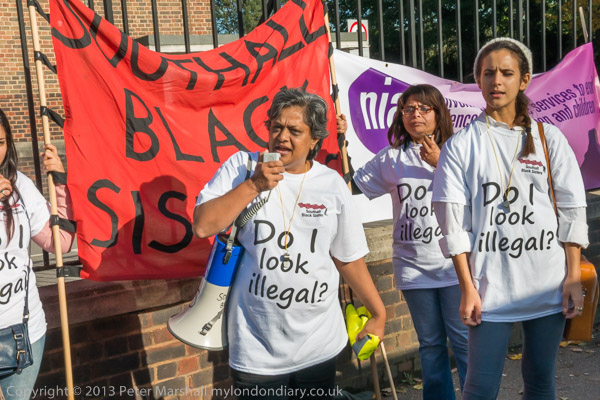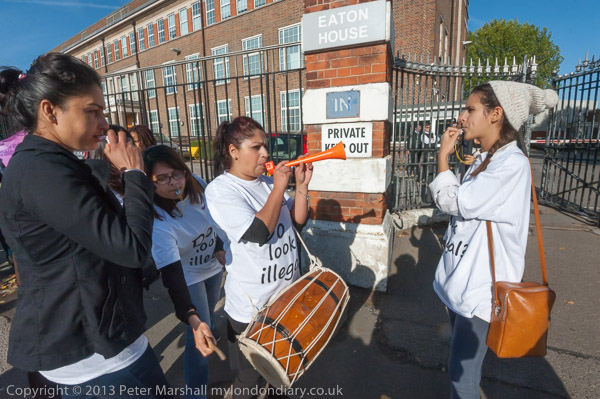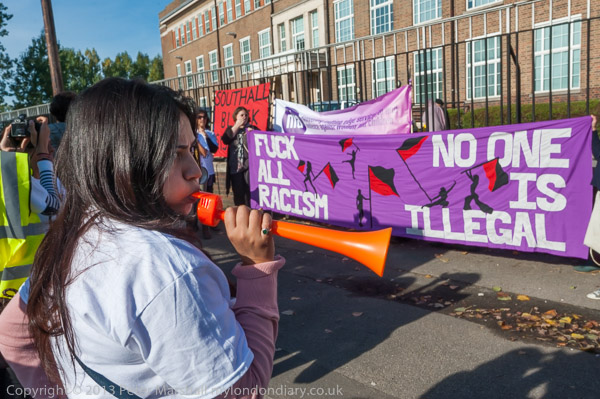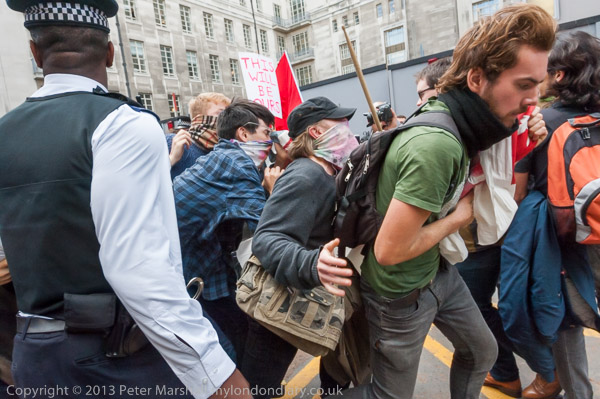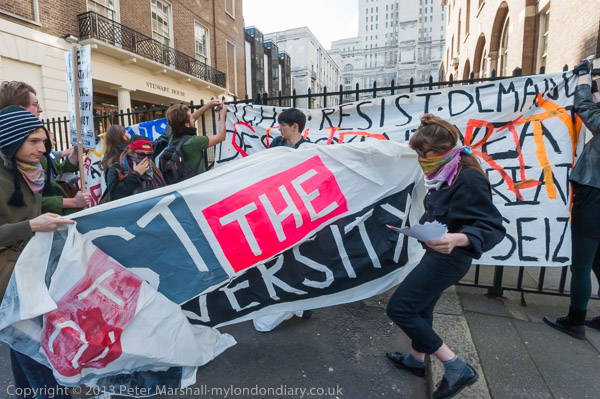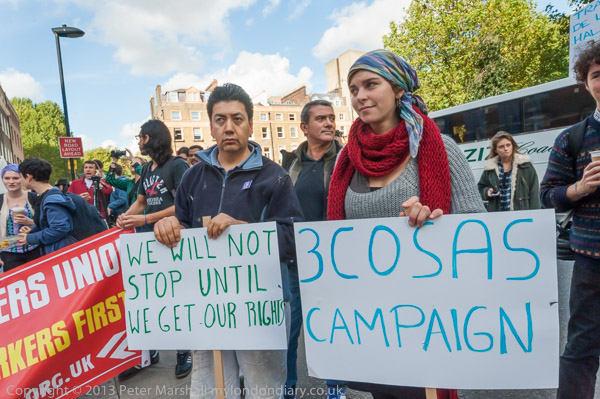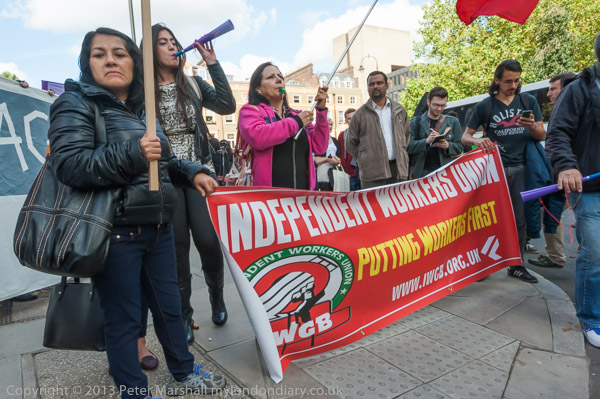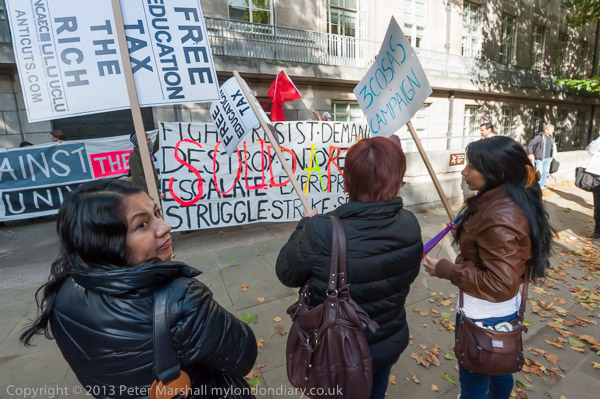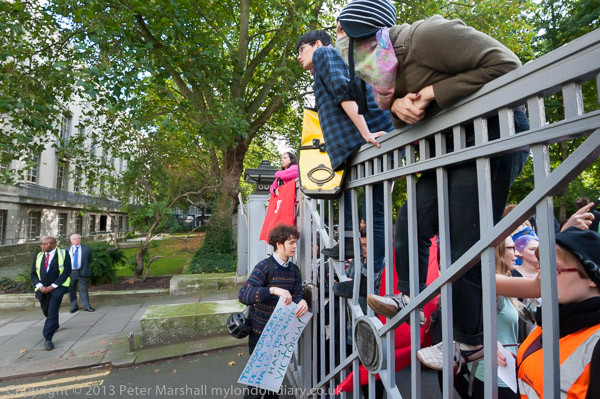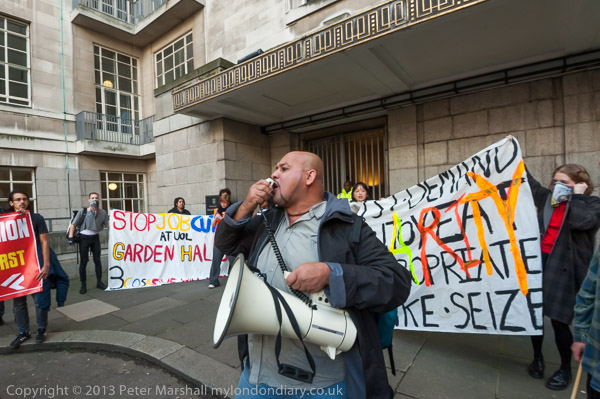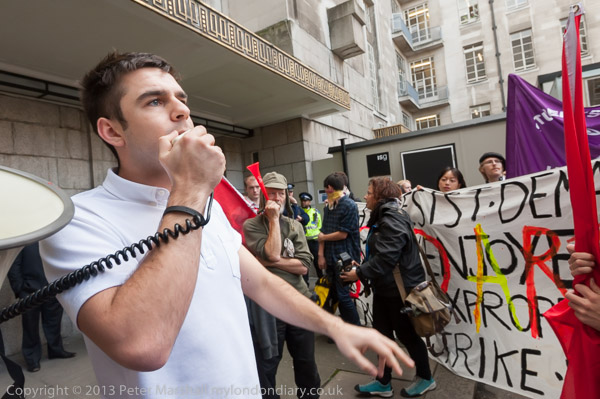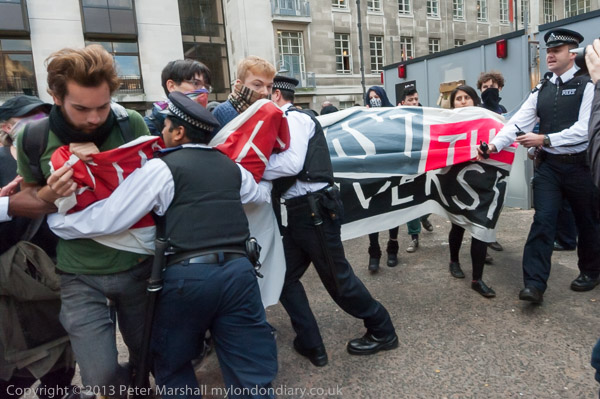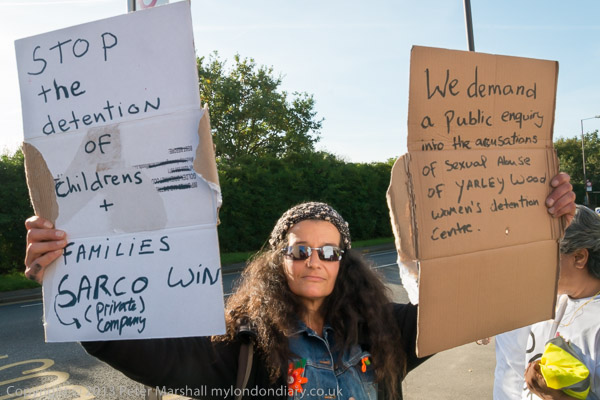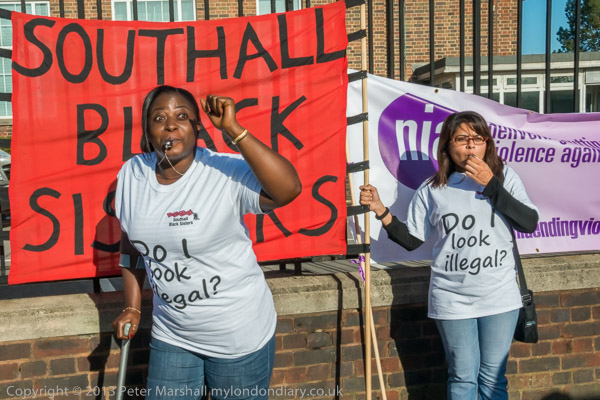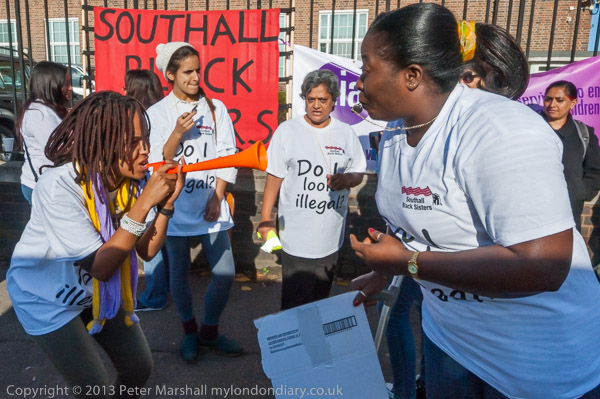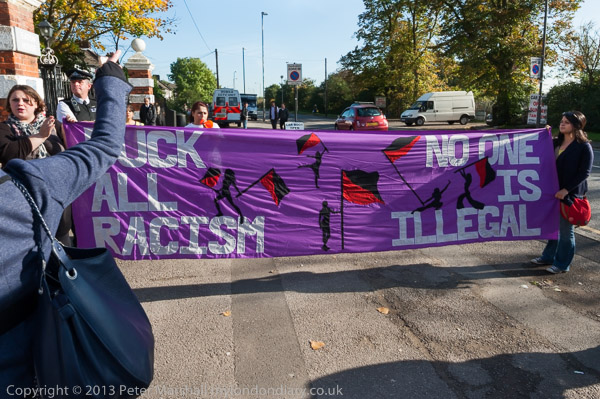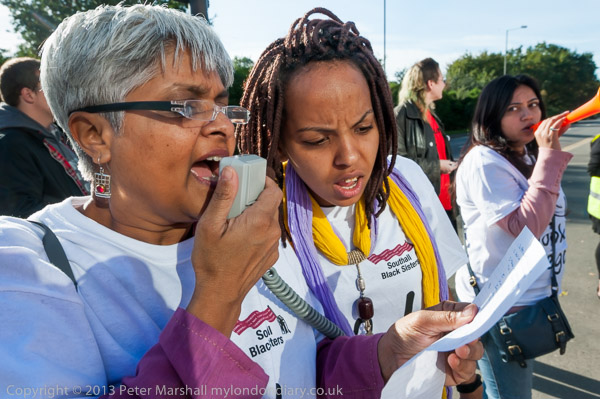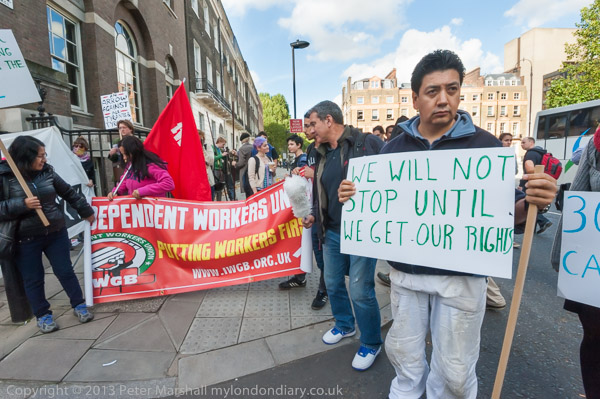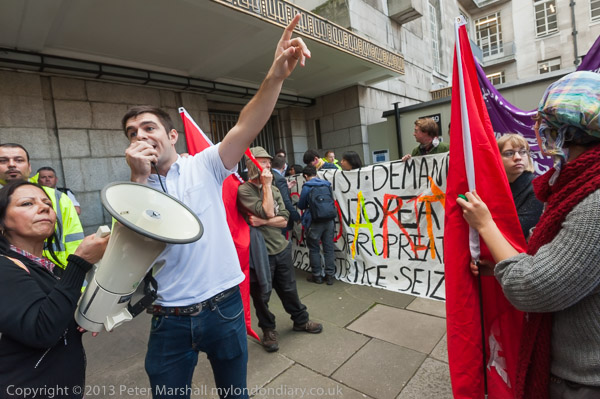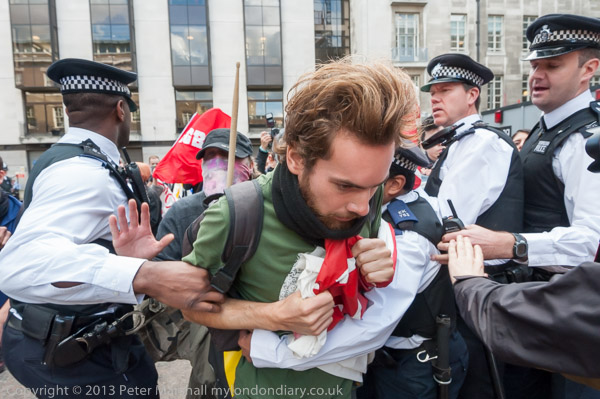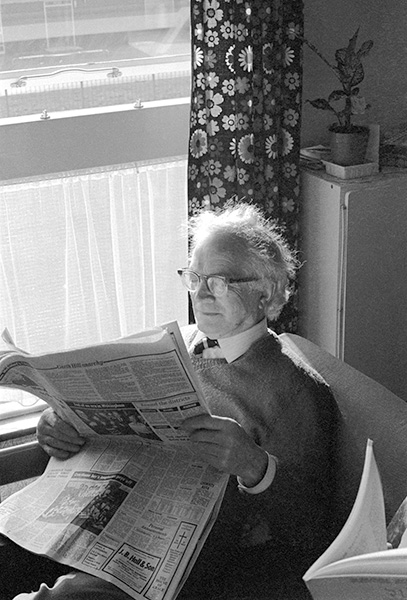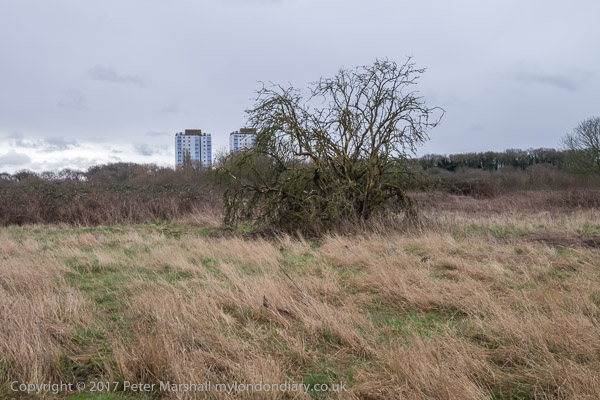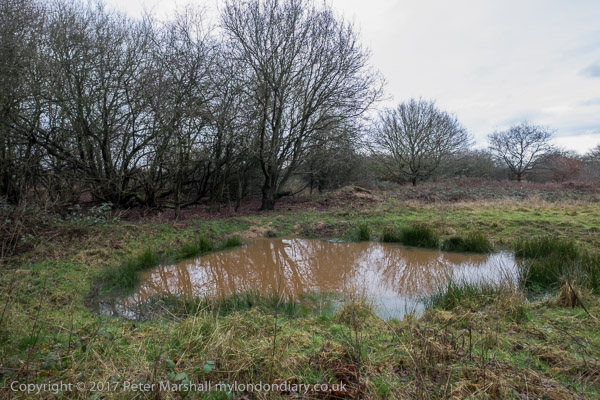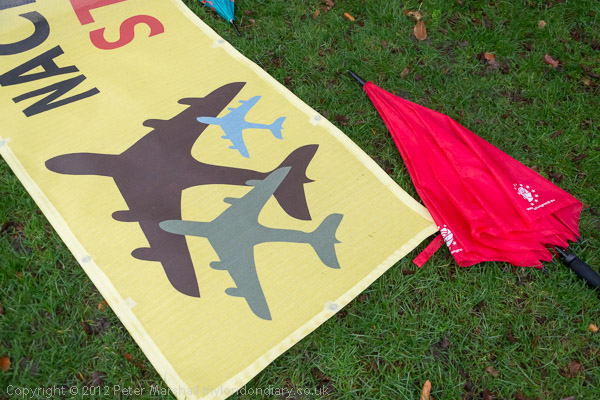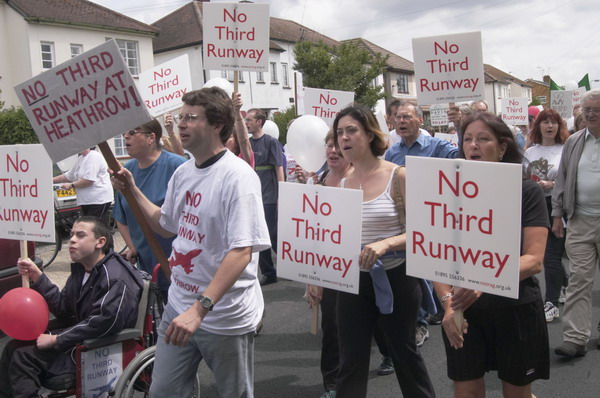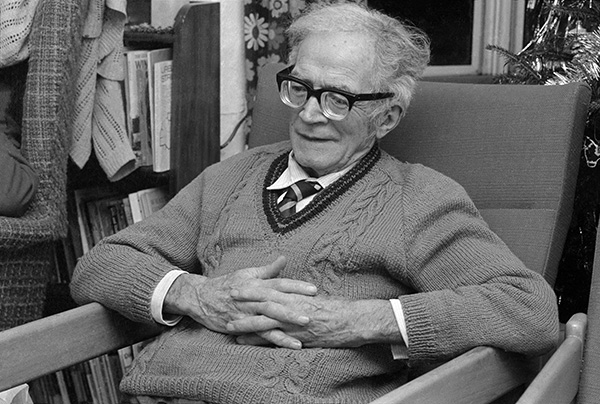Turnham Green – 1989: The second post on my walk which began at Kew Bridge Station on 10th of December 1989. The previous post was Kew Bridge & Gunnersbury 1989.
It might be thought odd that this tall office building which was built starting in 1959 should have been called Empire House, when the British Empire was almost completely gone, but the Empire from which this tower got its name was the Chiswick Empire, built for theatre owner and manager Oswald Stoll at 414 Chiswick High Road, replacing some shops and a smithy which opened in 2012.
The architect was the leading theatre architect Frank Matcham and it was a grand example of the Edwardian ‘Jacobean’ style. Built to seat 4,000 it featured mainly variety shows, but also more serious theatre and perhaps was in its heyday in the 1940s and early 50s. Wikipedia has a great list of some of those who appeared in its final years “Tommy Cooper, Max Miller, Max Bygraves, Julie Andrews, Morecambe and Wise, Ken Dodd, Max Wall, Dickie Valentine, the Ray Ellington Quartet, Peter Sellers and Dorothy Squires (1952), Laurel and Hardy on a return visit (1954), Al Martino, Alma Cogan, Terry-Thomas (1955) and Cliff Richard (1959).” Cliff wasn’t quite the man who brought the house down, with the final shows being by Liberace with the theatre being demolished within a month of his stepping away from the piano.
I don’t know who was the architect responsible for Empire House. It has recently been bought and redeveloped into flats and town houses.
This elegant wallpaper factory was designed by C F Voysey and built in 1902. It was the only commercial building designed by the celebrated Arts & Crafts architect and designer and is Grade II* listed.
Arthur Sanderson & Sons Ltd, now just Sanderson, was founded in Islington in 1860 and made fabrics and wallpaper. The company came to Chiswick in 1879 and this building was an extension on the other side of the road to their earlier factory, built in 1893. After a fire in 1928, the company moved to Perivale selling off the Voysey building. They had also built a factory in Uxbridge in 1919 to produce fabrics. Sandersons moved back to into the Voysey building in 2024.
Sandersons had bought the business of Jeffrey & Co who had printed William Morris’s wallpapers and in 1940 when Morris & Co dissolved they also bought the rights to use the Morris name.
Dukes Avenue runs south from Turnham Green towards Chiswick House. Lord Burlington’s grandson was able after the Chiswick enclosures act of 1814 to build the road from his estate to Chiswick High Road. The road is lined with lime trees.
Houses along here seem seldom to be sold, but one went recently for over £3 million. Most appear to be large, solid and Edwardian but of no great interest.
This former Sandersons factory, the “Devonshire works”, was used for light engineering in the 1960s by Evershed & Vignoles of Acton Lane. From 1971 it stood empty until restored by the Cornhill Insurance Co. as the Barley Mow Workspace, for individuals or small firms of designers or craftsmen, the first of whom arrived in 1976.”
After Lord Burlington who built Chiswick House died the property was inherited by the Dukes of Devonshire. I think this works probably dates from 1893.
Afton House, built around 1800 is the only remaining example of the grand houses which were bilt in around 1800 along Chiswick High Road, and it Grade II listed. In the 1850s it was called Falkland House and was a school, but was renamed Afteon House in 1861. From then until 1887 it remained a school but then became a laundry until 1913. Empty and bcoming derelict it was bought in 1919 by Dan Mason of the Chiswick Polish Company (best remembered for their Cherry Blossom Shoe Polish) and given as a club for ex-servicemen.
Dr Ralph Griffiths who founded the Monthly Review and edited it for 50 years was one of the many “noble, artistic and scholarly residents” of the area in the 18th century and he lived in Linden House where Linden Gardens now is. He was a London bookseller and publisher Ralph Griffiths, with “bookshops at St. Paul’s Churchyard from 1747 until 1753, then at 20 Pater Noster Row until 1759, and finally on the Strand near Catherine Street until 1772 – all under the sign of the Dunciad.”
Griffiths was notably involved in the 1746 publication of Acanius or the Young Adventurer, a fictionalized account of the Young Pretender, and may have been its author. The government attempted unsuccessfully to suppress the book and it remained in print for over 150 years.
Chiswick Fire Station at 197 Chiswick High Road is an elegant building with a tower and is now a bar and restaurant. It was for sale when I made this picture. Built in 1891 the tower at right was used to hang up fire hoses to dry and also to store the long fire escape ladder. A new fire station was built in 1963 and this became redundant.
Erected in 1921 ‘In grateful and affectionate memory of the men of Chiswick who fell in the Great War, 1914 – 1918’ this simple obelisk is a rather plain reminder of their sacrifice designed by Edward Willis FSI, Engineer and Architect to the Chiswick Urban District Council. More names were added after the Second World War. There seems to be little reason to justify its Grade II listing
I walked on to Bedford Park. More from there in a later post .
Flickr – Facebook – My London Diary – Hull Photos – Lea Valley – Paris
London’s Industrial Heritage – London Photos
All photographs on this page are copyright © Peter Marshall.
Contact me to buy prints or licence to reproduce.

























